Most birds build some type of nest to lay their eggs and raise their chicks. Depending on the bird, the nest may be large or small. It may be located in a tree, on a building, in a bush, on a water platform, or on the ground, and may be made of dirt, dry leaves, reeds, or dead trees.
1. Scrape the nest

Caspian tern scraping nest
Scrape nests represent the simplest type of nest that birds can build. Often just a shallow depression is formed in the ground for birds to lay their eggs. Scrape the edges of the nest just deep enough to prevent the eggs from rolling away. Some birds may add stones, feathers, shells, or leaves to their scrapes. Eggs found in scraper nests are often camouflaged because their position on the ground makes them vulnerable to predators. Nesting birds tend to have precocious chicks, meaning they leave the nest soon after hatching.
Representative birds that build scraper nests are ostriches, thrushes, shorebirds, gulls, terns, falcons, pheasants, quails, partridges, bustards, nighthawks, buzzards and other birds.
2. Cave nest
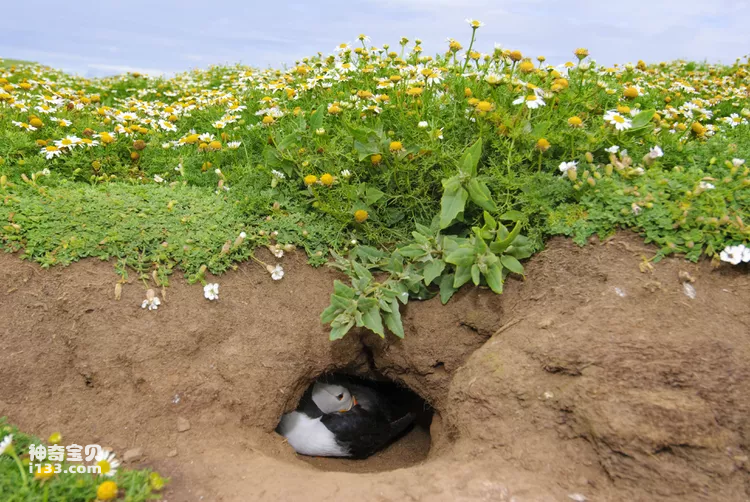
atlantic puffin's nest
A cave nest is a shelter in a tree or on the ground that provides a safe haven for birds and their developing young. Birds use their beaks and feet to dig holes. Most birds create their own burrows, but some, such as burrowing owls, prefer to use burrows created by other birds. This type of nest is commonly used by seabirds, especially those living in cold climates, because cave nests provide protection from predators and weather. Puffins, shearwaters, gulls, kingfishers, miners, crab plovers and leaf-throwers are all burrowing animals.
3. Empty nest
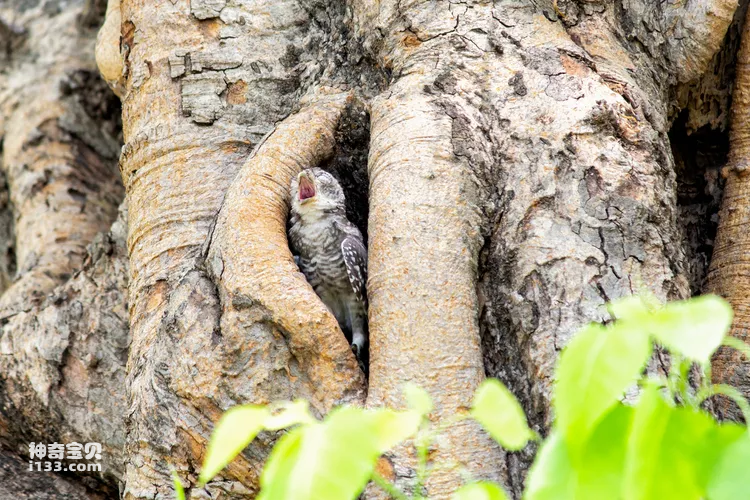
owl
Empty nests are chambers most commonly found in trees (either alive or dead) that some birds use to raise their chicks. Only a few birds—such as woodpeckers, nuthatches, and woodpeckers—can dig their own empty nests. These birds are considered primarily empty nesters. But most cave nesters—like some ducks and birds like owls, parrots, hornbills and bluebirds—use natural cavities or cavities created and abandoned by other animals.
Cavern nesters often line their nests with leaves, hay, feathers, moss, or fur. They will also make use of nest boxes if they cannot find other natural cavities.
4. Platform Nest
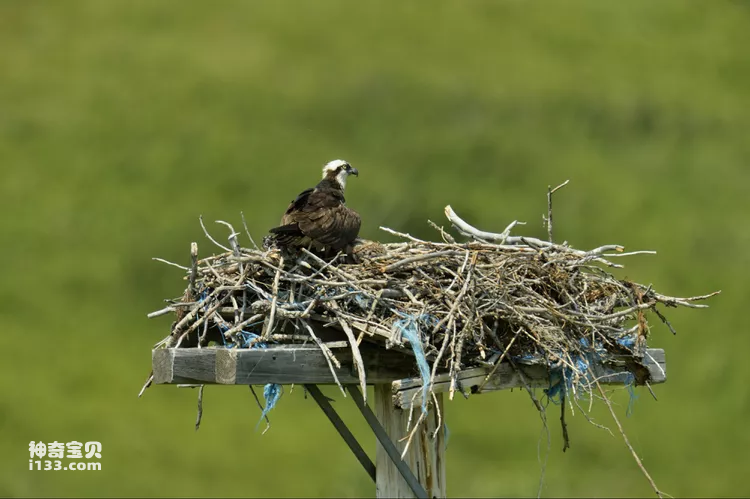
Osprey Platform Nest
Platform nests are large, flat nests built on debris in trees, on the ground, on top of vegetation, or even in shallow water. Many platform nests are reused by the same birds year after year, with additional material added to the nest each time it is used. This practice can create large nests that can damage the tree—especially in severe weather.
Ospreys, mourning doves, egrets, herons, and many birds of prey are the most common platform nesters. Raptor nests are also called "eyries" or "aeries".
5. Cup Nest

Anna's hummingbird in the nest
As the name suggests, cup nests are actually cup-shaped. They are usually round with a deep depression in the center to accommodate eggs and chicks. Hummingbirds, some flycatchers, swallows, swifts, kinglets, vireos, hooded birds, and some warblers are among the birds that take advantage of this common nest shape. Cup-shaped nests are often made from dry grass and twigs held together with saliva. Dirt and spider webs can also be used.
6. Mound Nest
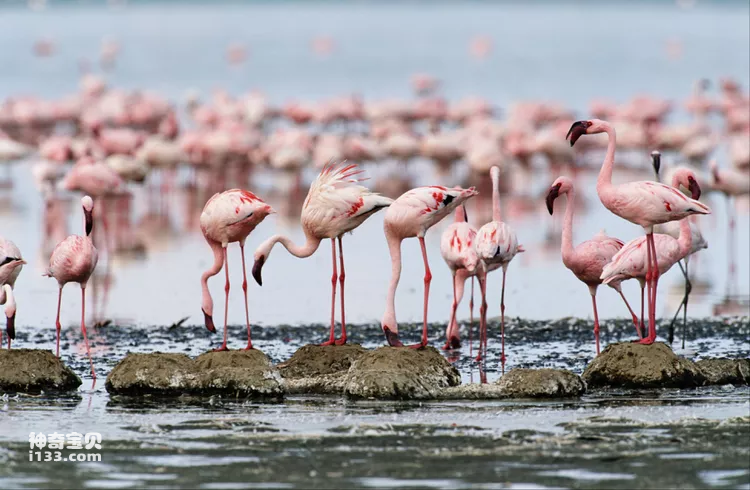
flamingo mound nest
Like cave nests, mound nests serve a dual purpose: to protect the eggs from predators and to keep them warm in changing weather. Mound nests are usually made of soil, branches, sticks, twigs and leaves. Just as a compost pile heats up when organic matter begins to decay, the dead matter in a mound nest decays and releases valuable heat for hatching chicks.
For most nesting birds, it's the males who build the nest, using their strong legs and feet to pile the material together. The female will lay eggs only when the temperature within the mound reaches what she considers to be an optimal level. Throughout the nesting season, male mound nesters continue to increase the number of nests in order to maintain the size and temperature of the nest. Flamingos, some coots, and brush turkeys are common mound nesters.
7. Pendant Nest
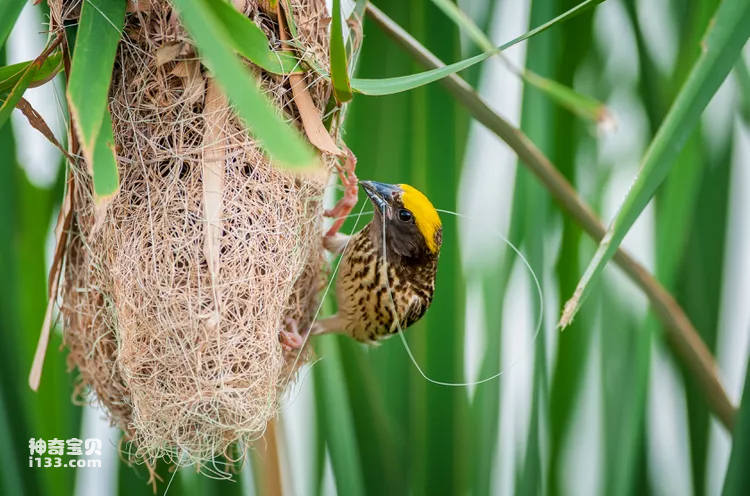
A male striped weaver bird is building a nest.
Droop-nesting birds make an elongated sac suspended from a branch of soft material, such as grass or a very thin branch, to hold their young. Weavers, orioles, sunbirds and chieftains are common hanging nesting birds.
animal tags:
We created this article in conjunction with AI technology, then made sure it was fact-checked and edited by a Animals Top editor.